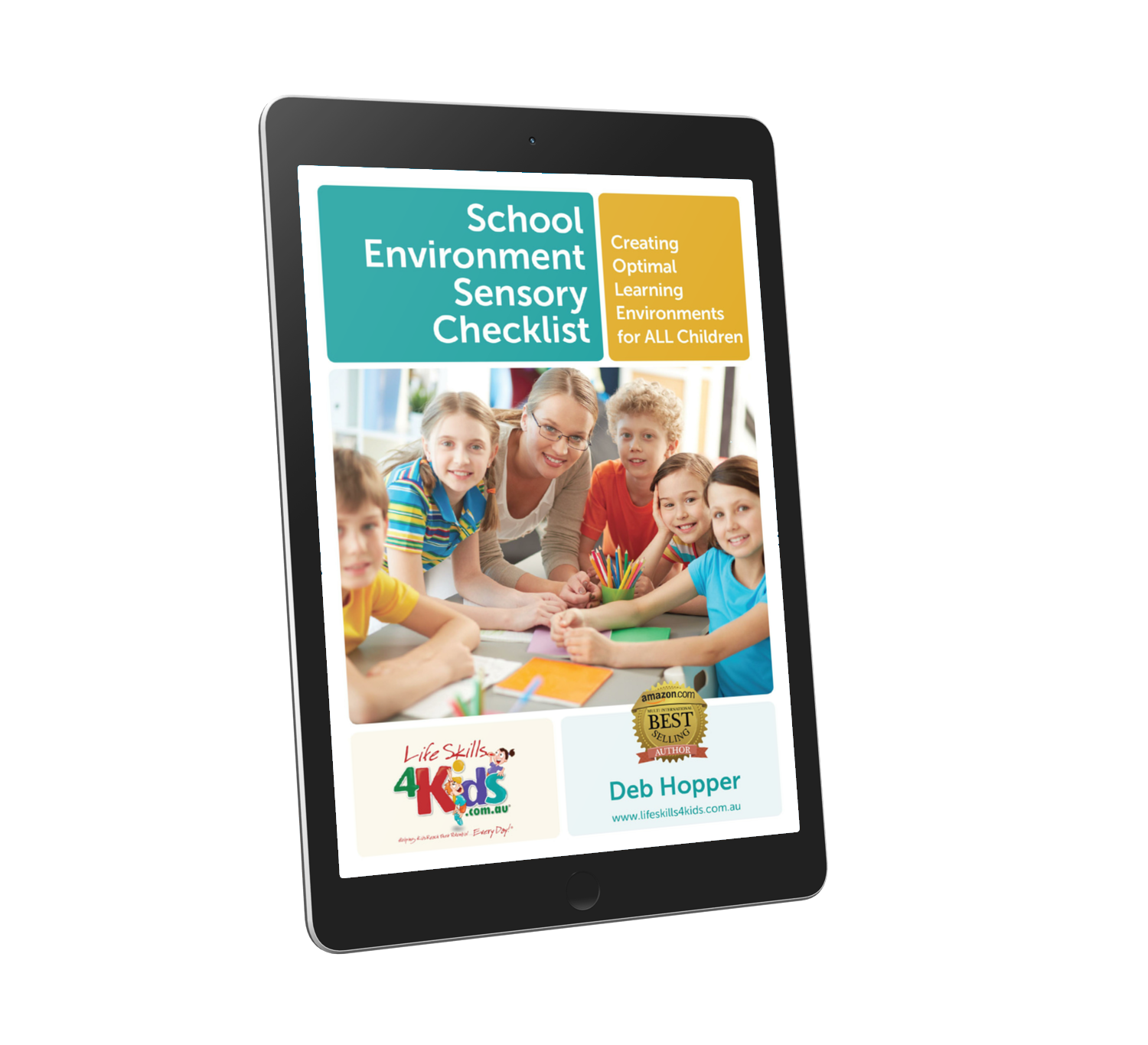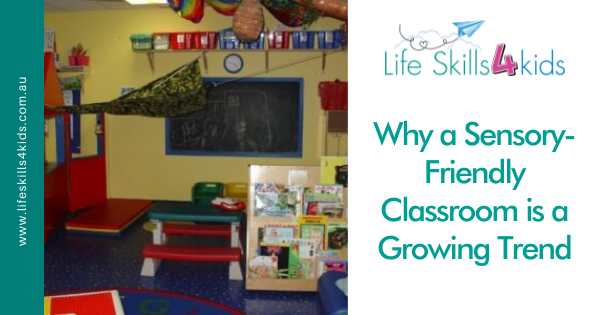These days, there is a lot more knowledge around the needs of children with autism spectrum disorders, ADHD, anxiety disorders, learning disorders, sensory processing disorder and other issues that affect a child’s ability to learn. In response, educators and other professionals are seeing the value in creating sensory-friendly learning environments that enable children with special needs to integrate more readily into regular classrooms.
Three Major Principles that Impact Learning Outcomes
Recent studies have shown three crucial areas that impact learning outcomes for children with special sensory needs. These studies looked at the broad functioning of the brain and the way it resolves sensory input. From there, researchers were able to determine three major principles that govern the way individuals relate to the natural, personal and task environments that surround them in any given space. These principles cover the following areas:
Naturalness
This refers to areas of physical comfort such as lighting, temperature, acoustics, and air quality levels. Sensory-sensitive children have a lower threshold for tolerating classrooms that fail to adequately address these areas. The research discovered that when these areas are adequately addressed to meet the needs of sensory-sensitive kids, learning outcomes improved substantially (1).
Individualization
This principle covers how well a classroom is adapted to a child’s point of view. Studies found that children experience better learning outcomes when they are able to take control of aspects of their environment to suit their needs (2). Therefore, ownership and flexibility are important elements of a sensory-friendly classroom. Also important is connection, referring to the layout, design and friendliness of the connections between spaces, such as corridors and walkways (3).
Level of Stimulation
The level of stimulation refers primarily to the visual stimulation in a classroom environment and this can be broken down into two sub-categories: Colour and Complexity. Getting the colour right aids children with moods, mental clarity and energy levels (4), while managing complexity helps with distraction, behaviour and focus (5).
10 Parameters to Include in Sensory-Friendly Classroom Design
So, in summary, under the three principles outlined above, there are 10 major parameters that influence sensory experience in the classroom:
- Light
- Sound
- Air Quality
- Links to Nature
- Temperature
- Ownership
- Flexibility
- Connection
- Complexity
- Colour
Simple Tips to Create a Sensory-Friendly Classroom
- Minimize visual displays to reduce distraction
- Allow “movement breaks” every 20-40 minutes for the children that need extra stimulation
- Create “quiet spaces” that children can retreat to if noise becomes overwhelming (this can help to avoid meltdowns)
- Allow children that are sensitive to touch to be in positions where they will not be bumped or touched by others
- Pay attention to seating and ensure that each child has a chair that is a comfortable fit. Consider alternative seating styles for kids with special sensory needs
- Use visuals to help children know what’s going to happen next and to reinforce routine
- Try to determine which students will benefit from any available natural light and which ones do better with dimmer light and arrange seating accordingly
- Take steps to minimize noise where possible
There are many things you can do to create a sensory-friendly classroom. Lots of these things are simple and inexpensive to implement but can make a substantial difference in learning outcomes. To find out more, check out my classroom detox program.
References:
(1) Barrett P. S., Davies F., Zhang Y., Barrett L. (2015). The impact of classroom design on pupils’ learning: Final results of a holistic, multi-level analysis. Building and Environment, 89, 118-133. doi:10.1016/j.buildenv.2015.02.013
(2) Higgins S., Hall E., Wall K., Woolner P., McCaughey C. (2005). The impact of school environments: A literature review. London, England: Design Council
(3) Alexander C., Ishikawa S., Silverstein M. (1977). A pattern language. New York, NY: Oxford University Press.
(4) Englebrecht K. (2003). The impact of color on learning.
(5)Fisher A., Godwin K., Seltman H. (2014). Visual environment, attention allocation, and learning in young children: When too much of a good thing may be bad. Psychological Science, 25, 1362-1370. doi:10.1177/0956797614533801
School Environment Sensory Checklist (eBook)
Do you have children in your class who struggle with autism, learning difficulties or reduced concentration? Then the School Environment Sensory Checklist (SESC) is your entry into transforming your classroom!
Quickly and easily evaluate your classroom from a sensory perspective to enhance learning needs of all children, including children with autism and learning difficulties.
Have less distracted children who listen for longer and enjoy times of focused learning and easier transitions. Whether you are a newly qualified teacher or have many years experience, the School Environment Sensory Checklist (SESC) will refresh your vision for your classroom!


